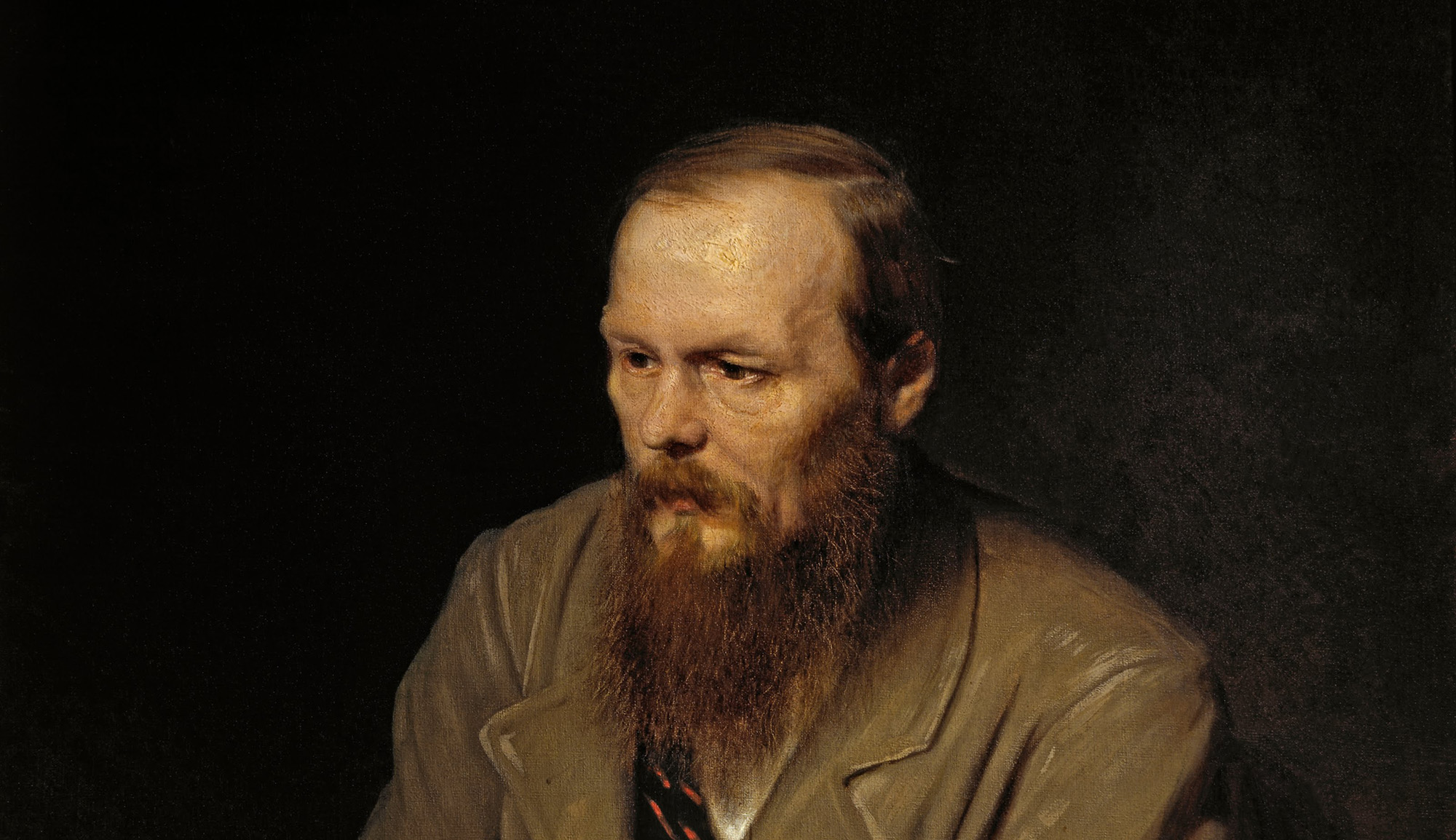Founded in 1996, Jewish Voice for Peace (JVP) is committed primarily to opposing Zionism and to boycotting and libeling the Jewish state. Not content to defend those who disguise their hatred of Jews as hatred of Israel, it has also defended such figures as Louis Farrakhan. Miriam Elman provides a history of the group, and demonstrates that is has undergone a disturbing transformation: originally, it merely provided cover for other anti-Zionist groups, effectively saying, “We’re Jewish and we have no problem with them.” But more recently, Elman argues, it has become an engine of anti-Semitic propaganda, most notably the canard that Israel trains U.S. policemen to abuse African Americans, a claim that has made its way to such prominent Israel-haters as the Muslim activist Linda Sarsour and Temple University’s Marc Lamont Hill.
In a particularly telling episode, JVP activists recently found themselves protesting alongside white supremacists at a pro-Israel event held at a San Antonio church. (Video, 65 minutes.)
More about: Anti-Semitism, Anti-Zionism, Jewish Voice for Peace, Linda Sarsour, neo-Nazis


